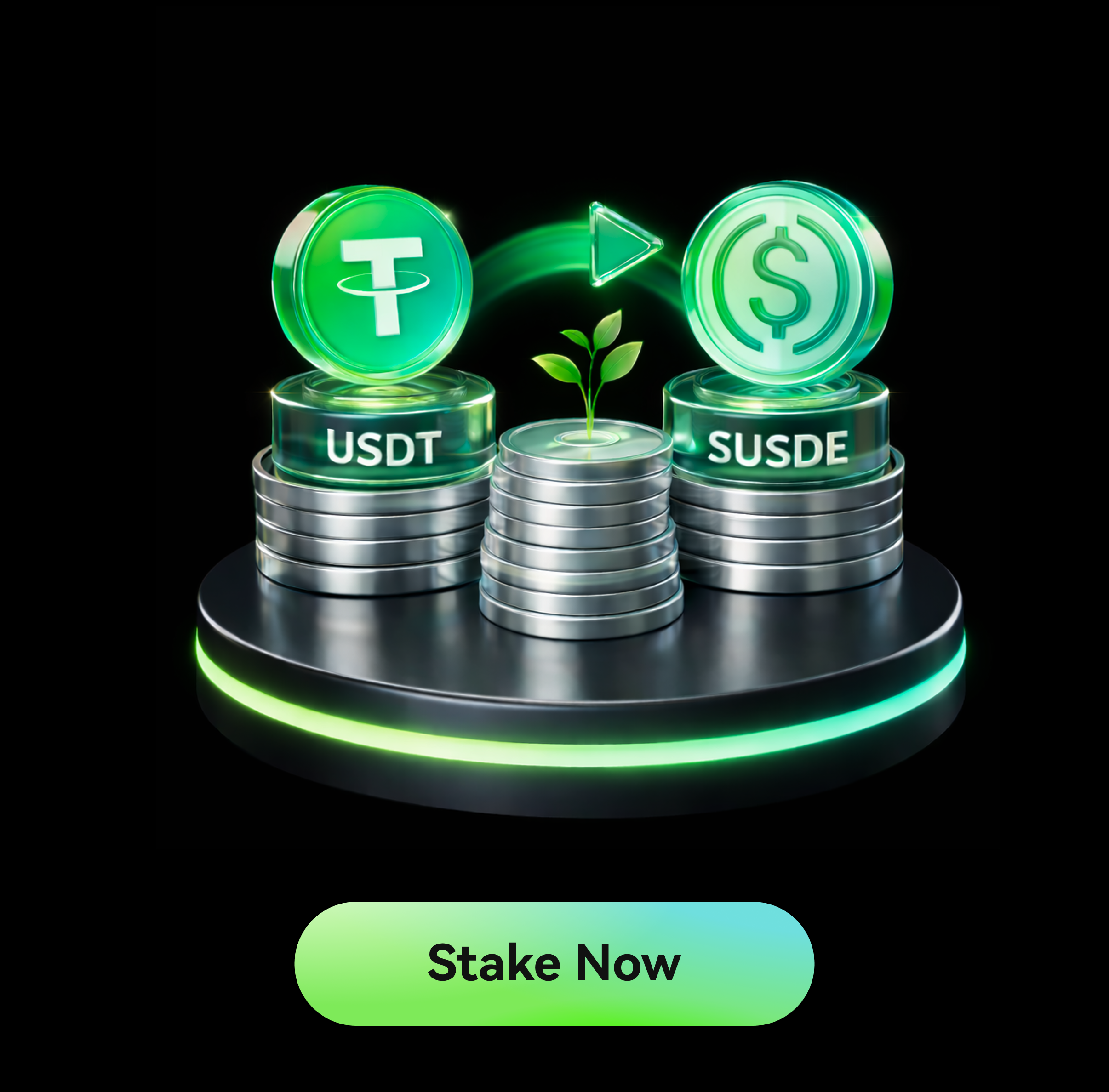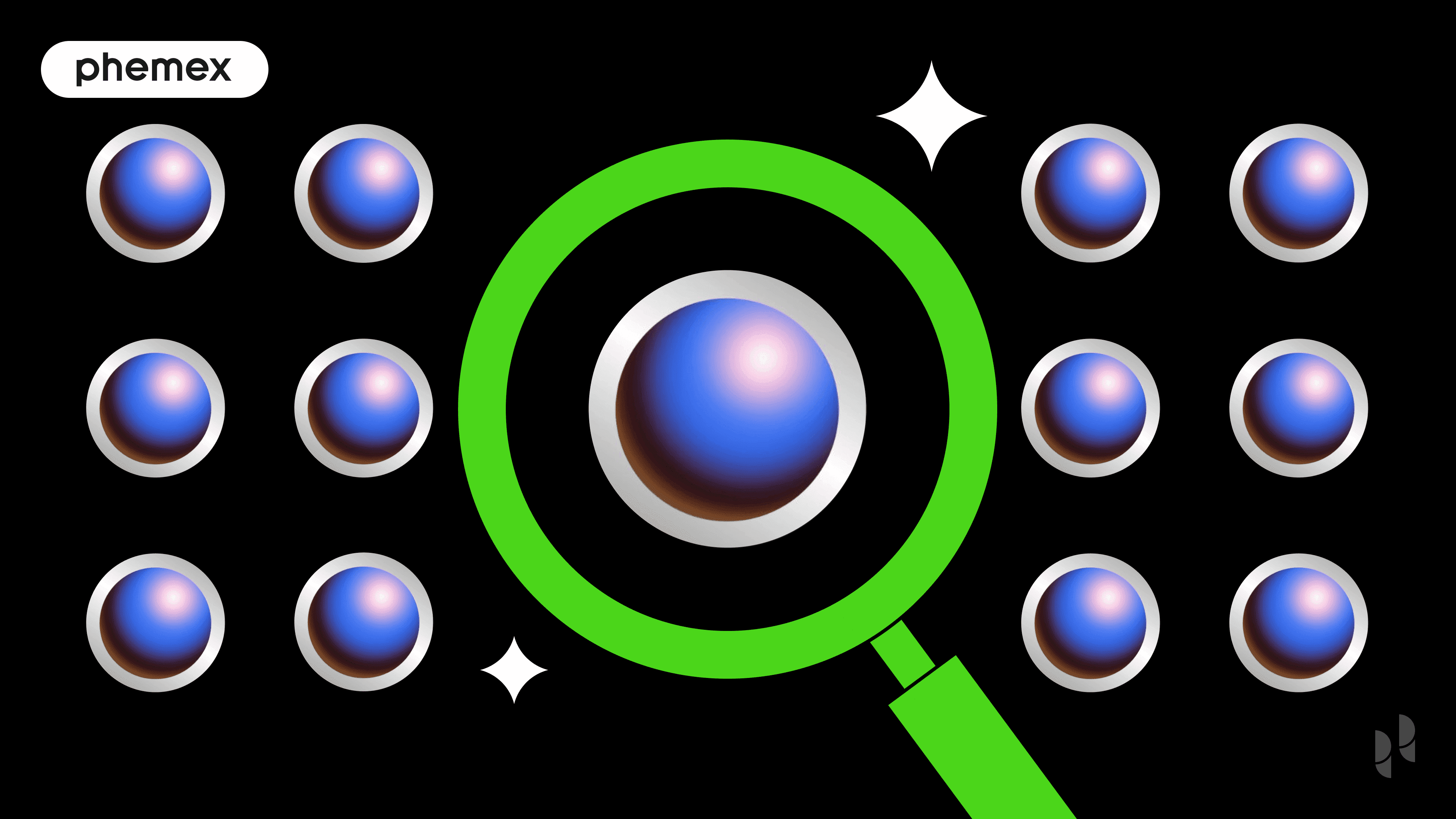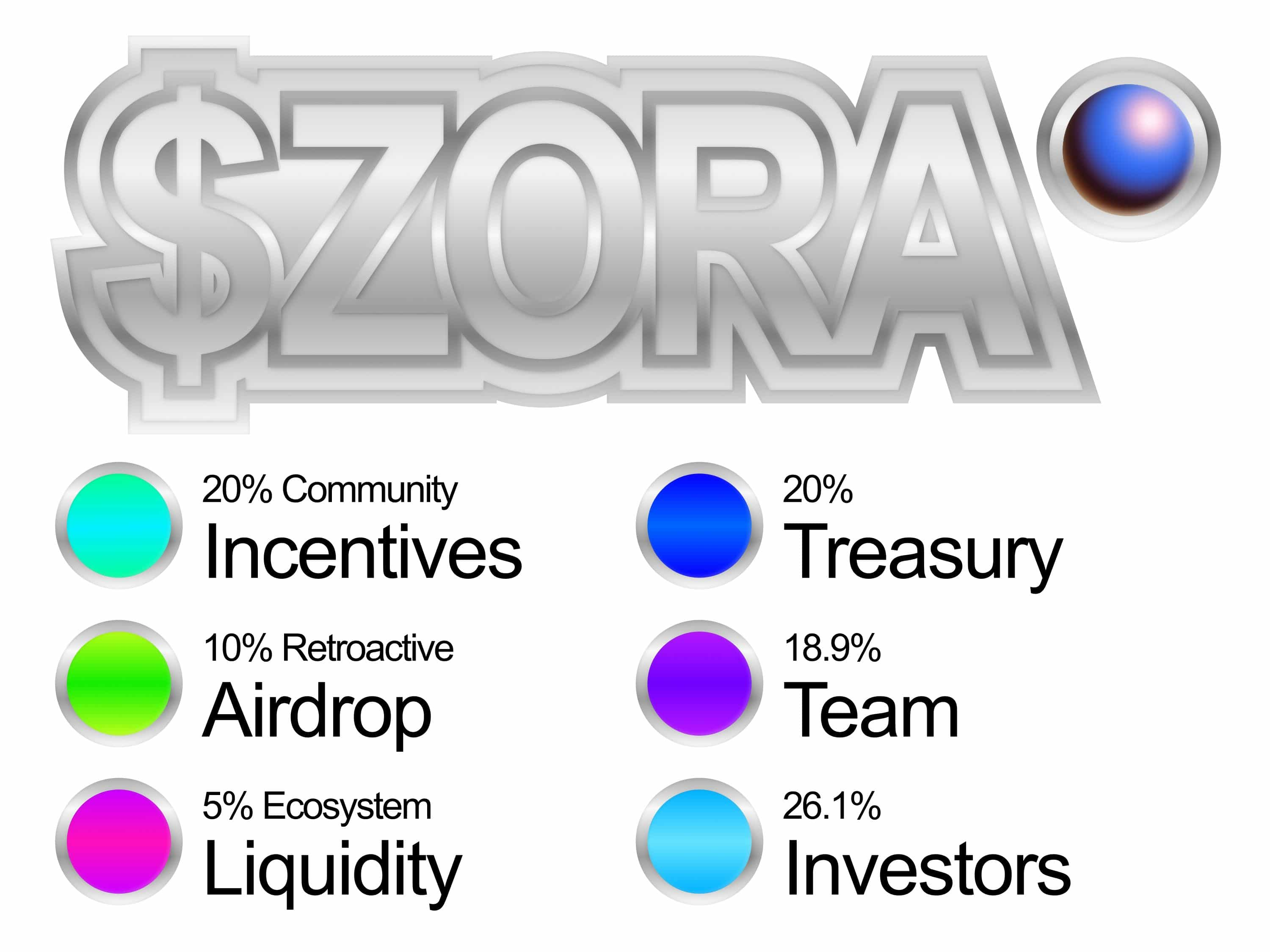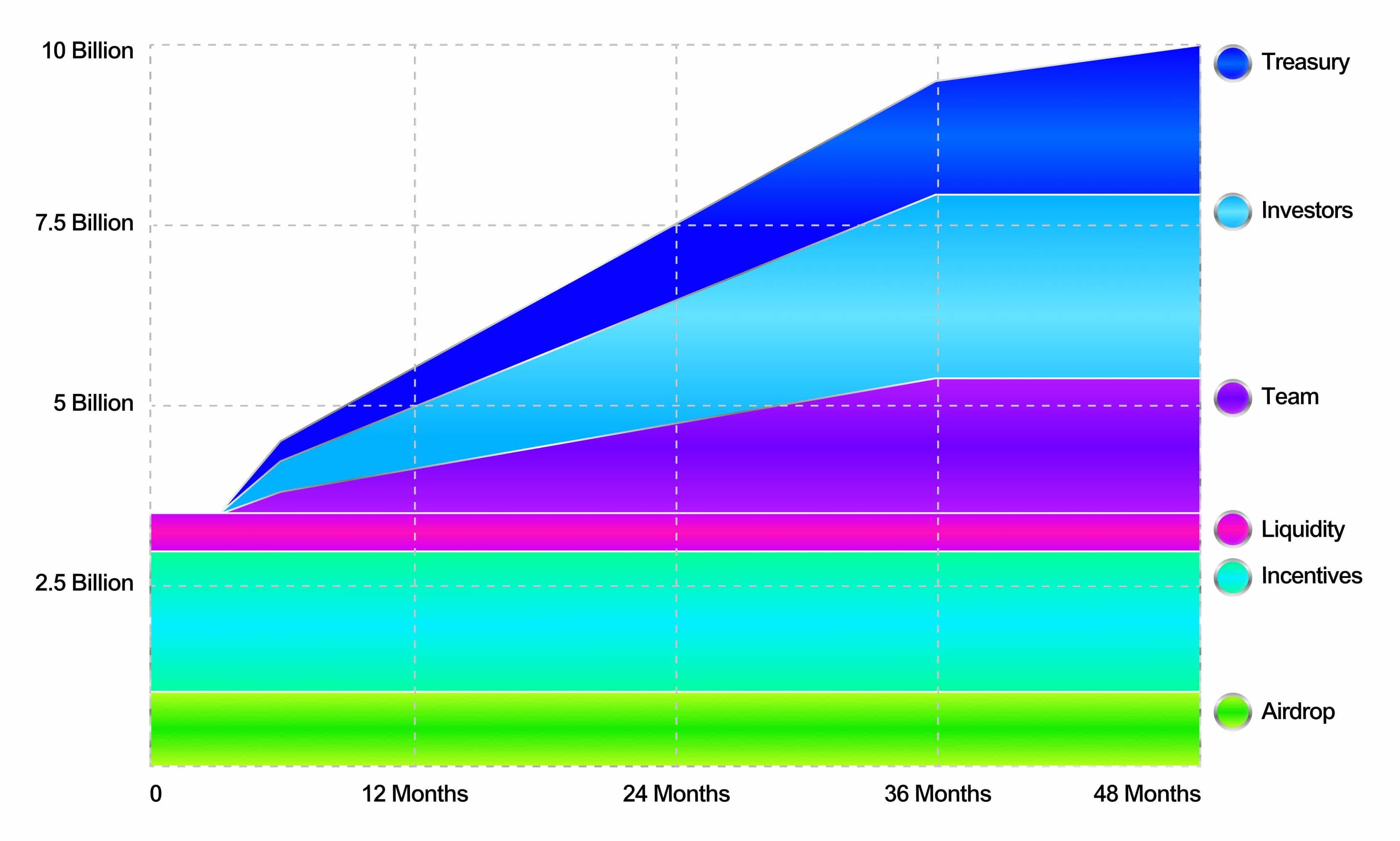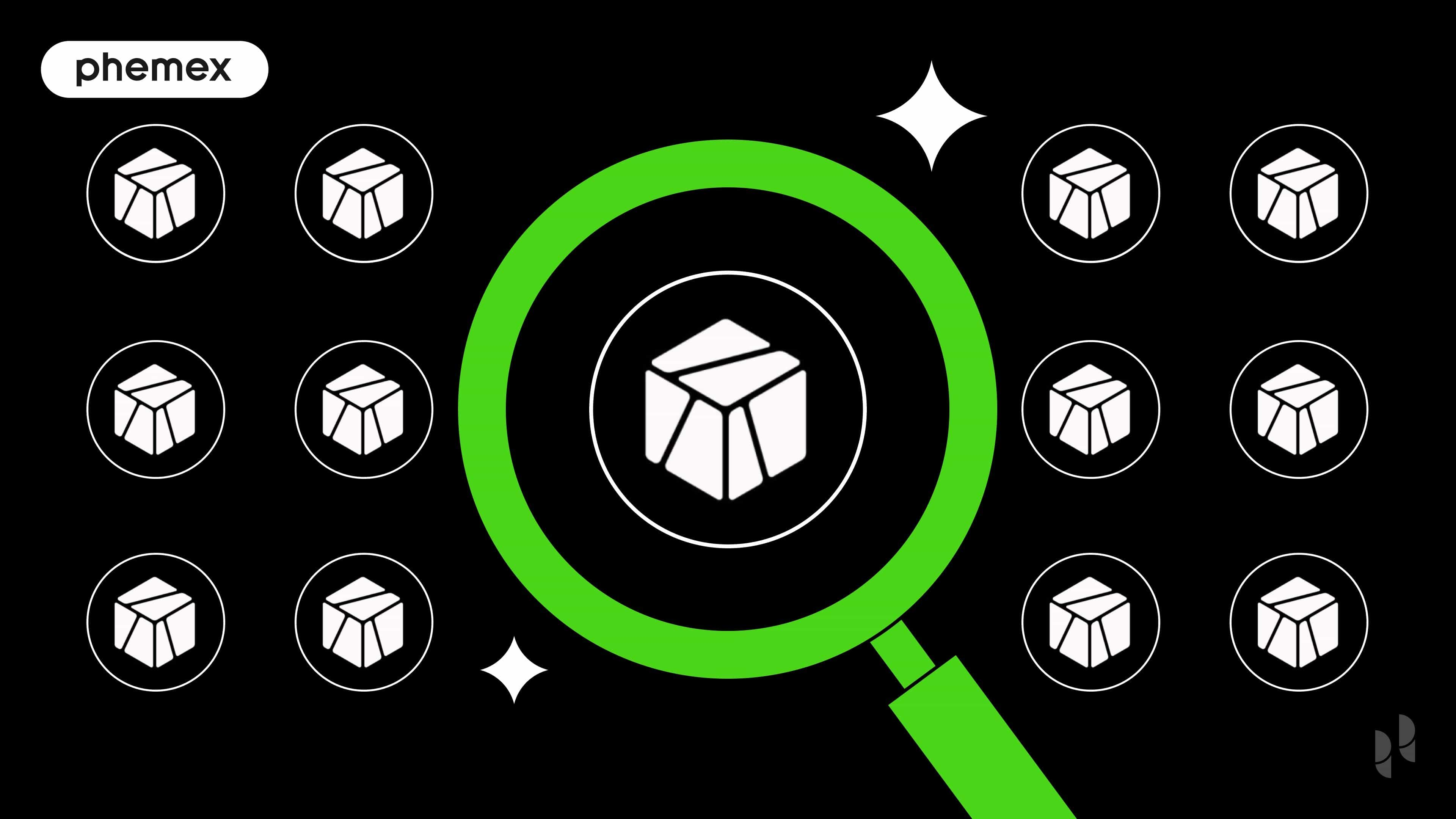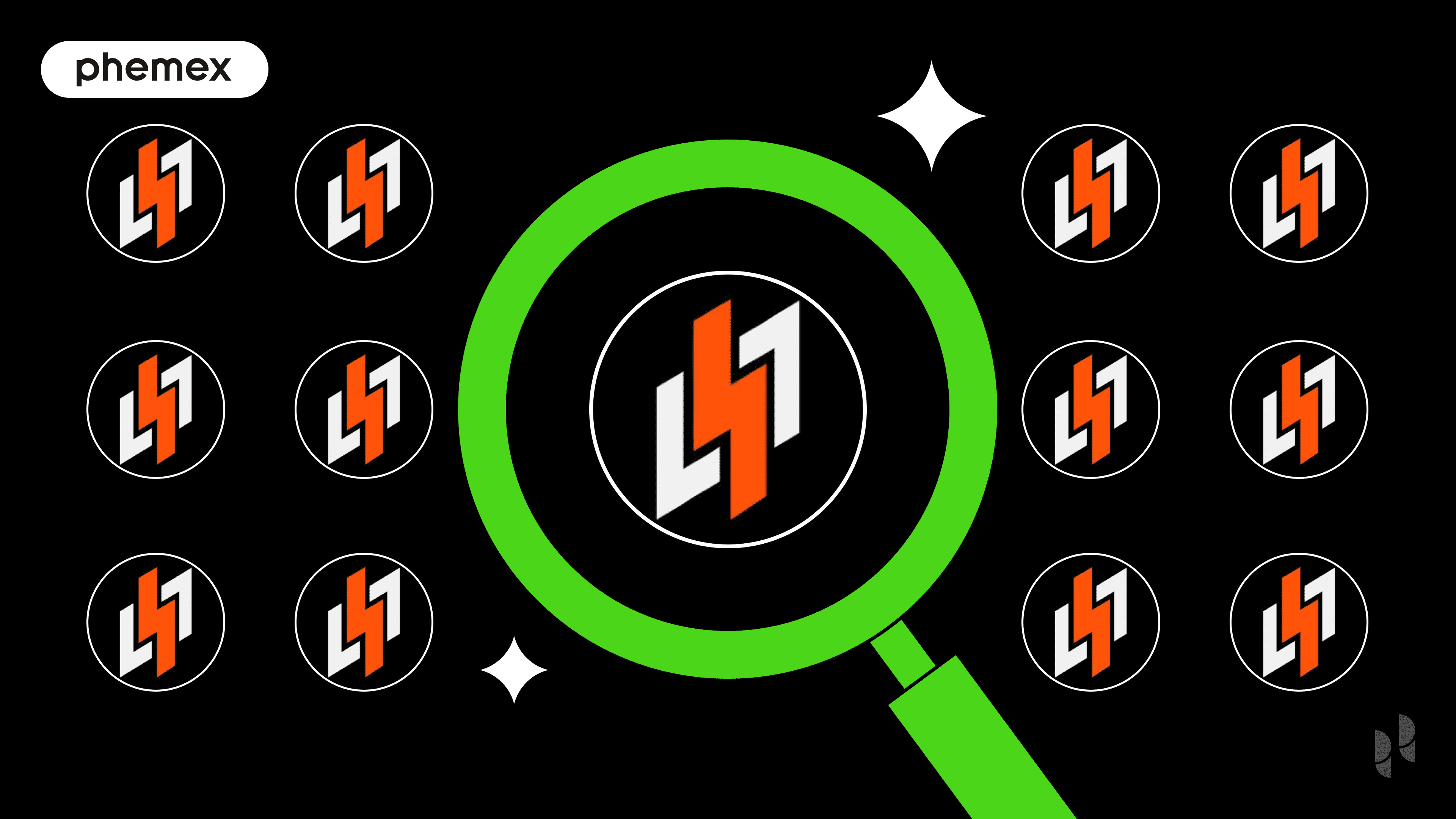Key Takeaways
-
Zora is a Layer 2 social network built on the OP Stack, designed to empower the creator economy by turning on-chain media into tradable NFTs.
-
The ZORA token functions primarily as a utility and incentive token for minting, trading, and community rewards, rather than for governance.
-
By leveraging Layer 2 technology, Zora offers fast and low-cost transactions, with minting fees often under $0.50, while inheriting the security of the Ethereum mainnet.
-
When evaluating Zora, investors should weigh its significant innovation in the SocialFi space against the inherent volatility and risks of the cryptocurrency market.
Summary Box (Quick Facts)
-
Ticker Symbol: ZORA
-
Chain: Base
-
Contract Address: 0x1111111111166b7fe7bd91427724b487980afc69
-
Circulating Supply: Approximately 3.21 billion ZORA
-
Max Supply: 10 billion ZORA
-
Primary Use Case: Social Money & Creator Economy
-
Current Market Cap: Approximately $225 million (as of August 2025)
What Is Zora?
Zora is an on-chain social network that is fundamentally changing the creator economy by allowing users to transform their content into tradable crypto coins. Launched initially in 2020 as a decentralized marketplace for NFTs, Zora has since evolved into a comprehensive ecosystem that empowers creators to monetize their work directly. Every piece of content posted on the Zora platform—whether an image, video, or text—can be minted as an NFT, giving it intrinsic value and making it instantly tradable.

The central problem Zora solves is the dependency on centralized social media platforms, where creators often have limited control and receive a disproportionately small share of the revenue their work generates. By utilizing blockchain technology, Zora provides a transparent and decentralized alternative where creators retain full ownership and can earn from their content in perpetuity. This vision has established Zora as a key player in the NFT and creator economy sectors.
How Many ZORA Are There?
Zora has a fixed maximum supply of 10 billion tokens. The token distribution is strategically planned to foster a robust and engaged community, with allocations of 26.1% for investors, 20% for community incentives, 20% for the treasury, 18.9% for the team, 10% for a community airdrop, and 5% for liquidity.
While the total supply is capped, the circulating supply is inflationary in the early stages. This is due to a structured vesting schedule for team and investor tokens, which unlock monthly over a period of 36 to 48 months. This predictable release model is designed to incentivize long-term commitment and ecosystem growth, rather than being a system of infinite minting.
What Does ZORA Do?
The ZORA token is the core of the Zora ecosystem, designed as a "fun token" to drive community engagement over governance. Its primary Zora use case is to power the new creator economy by serving as its native cultural and economic currency.
Key functions include:
-
Creator Rewards: Creators earn ZORA tokens from the trading fees generated each time their content is purchased or sold.
-
Content Minting and Trading: Users can use ZORA to pay for the minting of content into NFTs and to trade them within the Zora marketplace.
-
Community Incentives: The token is used for airdrops, referral programs, and other initiatives aimed at growing and rewarding platform participation.
-
Liquidity and Accessibility: Its launch on the Base chain ensures low transaction fees, making the platform accessible to a broad audience.
ZORA vs. Ethereum
While Zora is built within the Ethereum ecosystem as a Layer 2 solution, its purpose is highly specialized and distinct from Ethereum itself.
| Feature | Zora | Ethereum |
| Technology | A Layer 2 network on the OP Stack, optimized for media and NFTs. | A decentralized, open-source Layer 1 blockchain with smart contract functionality. |
| Speed and Fees | Offers faster and cheaper transactions, with NFT minting costing under $0.50. | Can experience network congestion and higher gas fees during high demand. |
| Use Case | Focused on empowering the creator economy through the tokenization of content. | A general-purpose blockchain supporting a vast range of dApps, including DeFi, gaming, and more. |
| Decentralization and Security | Inherits the security of the Ethereum mainnet while operating more efficiently. | A highly decentralized and secure network maintained by a global community of nodes. |
The Technology Behind Zora
Zora's technological foundation is a Layer 2 network built on the OP Stack, the same open-source development framework that powers Optimism and Base. You can think of Ethereum as a busy highway with high tolls (gas fees). A Layer 2 like Zora is like an overpass built above it—transactions move much faster and cheaper, while still being secured by the highway below.
This architecture allows Zora to achieve high throughput and significantly lower transaction fees, making it ideal for media-rich applications. Furthermore, the Zora protocol is permissionless, meaning anyone can build on top of it, fostering an open and decentralized ecosystem for creators.
Team & Origins
Zora was co-founded in 2020 by Jacob Horne, a former product manager at Coinbase, alongside Tyson Battistella and Dee Goens. After officially launching on Ethereum in January 2021, the project has garnered substantial backing, raising $60 million from leading venture capital firms such as Paradigm and Coinbase Ventures.
Key News & Events
-
Platform Evolution: Zora has successfully transitioned from a niche NFT marketplace into a comprehensive, on-chain social network.
-
Token Launch: The ZORA token was launched in the spring of 2025 on the Base network, increasing its accessibility.
-
Community Airdrop: Ten percent of the total token supply was allocated for an airdrop to reward early and active community members.
-
Surge in Activity: Following an integration with Coinbase's Base, Zora experienced a massive surge in user activity, with over 1.5 million new tokens created and cumulative trading volume surpassing $420 million.
For the latest news about Zora, traders can visit the Phemex platform.
Is ZORA a Good Investment?
The investment potential of Zora is closely linked to its innovative model for the creator economy and its robust technology. The platform has demonstrated impressive growth in both user adoption and transaction volume, with its active user base exceeding two million in July 2025.
However, like any cryptocurrency, investing in ZORA involves risks. The Zora price can be highly volatile, experiencing significant surges and subsequent corrections. Its long-term success will depend on its ability to retain its user base, fend off competition in the SocialFi landscape, and continue to innovate.
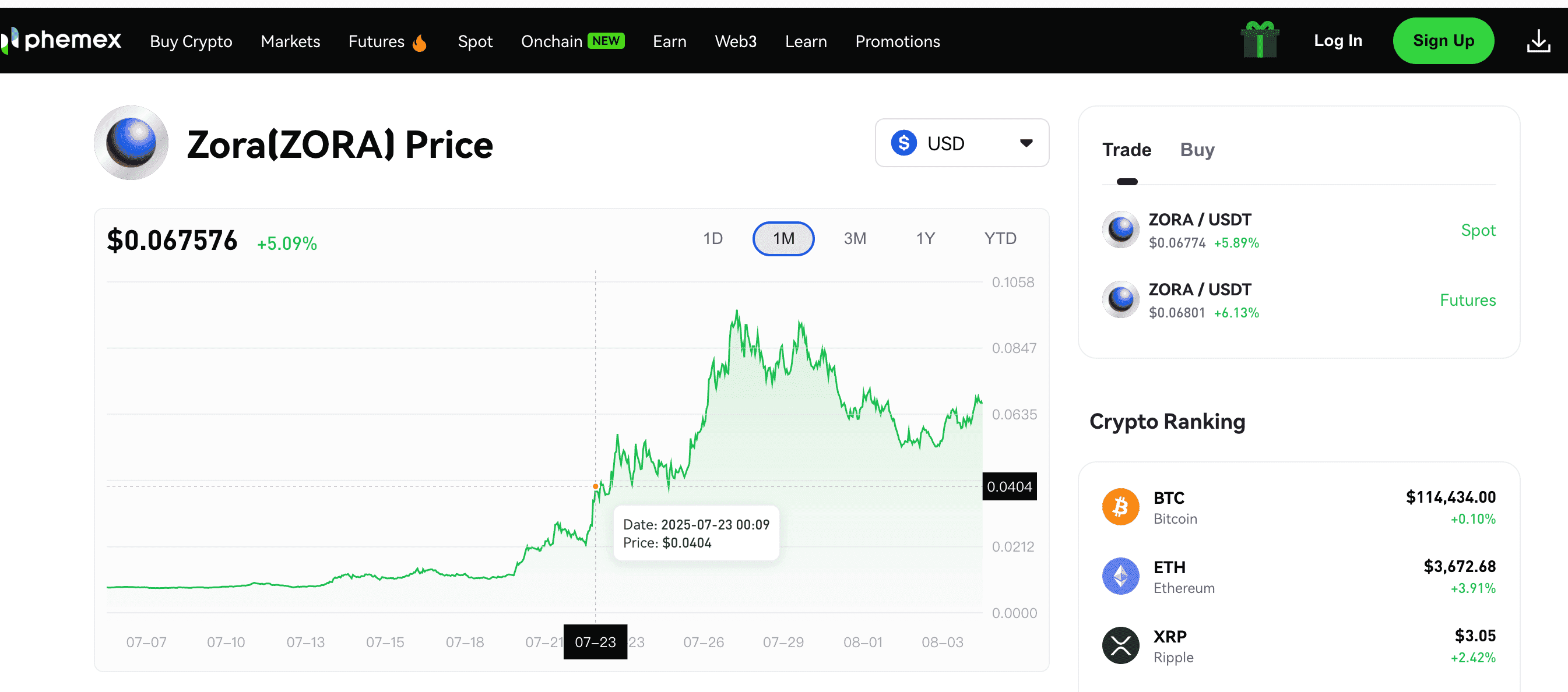
How to Buy ZORA on Phemex
For users interested in acquiring Zora tokens, Phemex offers a simple and secure platform. You can find detailed instructions in our official guide on How to buy Zora. For those who want to trade Zora, Phemex provides both spot and futures markets to accommodate various trading strategies.
Closing Thoughts
Zora is more than just another NFT marketplace; it is building the foundational, permissionless infrastructure for a new on-chain creator economy. By placing ownership and monetization directly in the hands of creators, it offers a compelling alternative to traditional Web2 platforms. As the Web3 social landscape continues to evolve, Zora's strong technology and clear vision make it a significant project to watch.
Disclaimer
Crypto trading involves significant risks. The information provided in this article is for educational purposes only and should not be considered financial advice. Always do your own research and only invest what you can afford to lose.
FAQs About Zora
What is the Zora Network?
The Zora Network is a Layer 2 scaling solution on Ethereum, built using the OP Stack. It is designed to be a fast, scalable, and low-cost environment for minting and trading NFTs and other on-chain media, with transaction fees typically under $0.50.
How do creators earn money on Zora?
Creators on Zora earn revenue directly when they post content, which becomes a tradable token. They profit from the initial sale (mint) of their work and continue to earn a share of the trading fees every time that work is bought or sold on the secondary market.
What makes the Zora NFT platform unique?
Zora stands out by being a protocol-first ecosystem, not just a closed marketplace. It provides open-source tools that allow anyone to build applications on top of it, fostering a permissionless and decentralized creator economy focused on true ownership.


